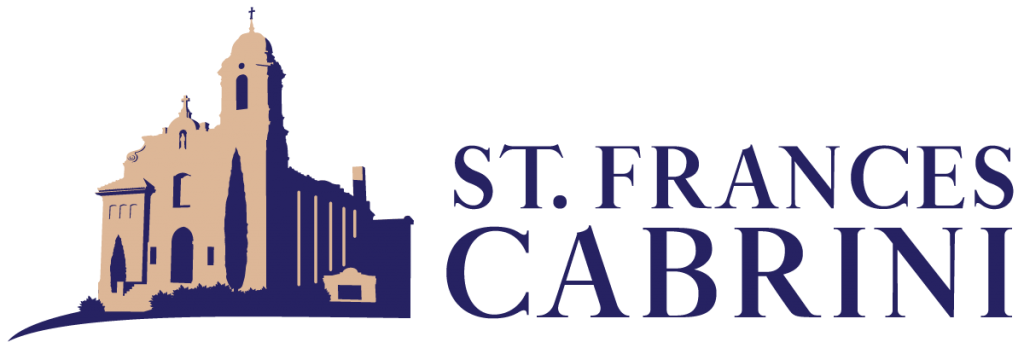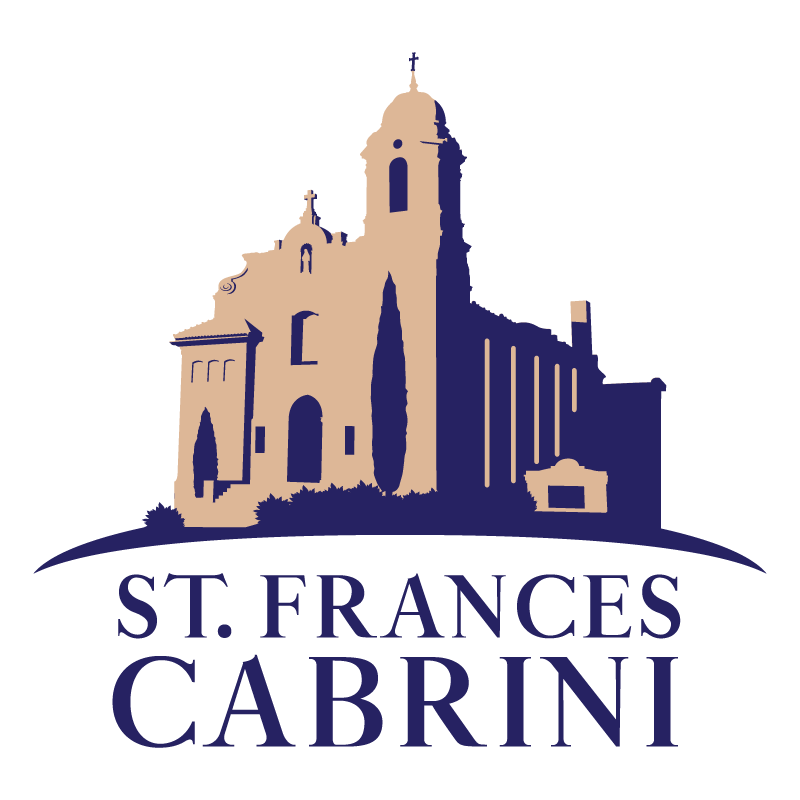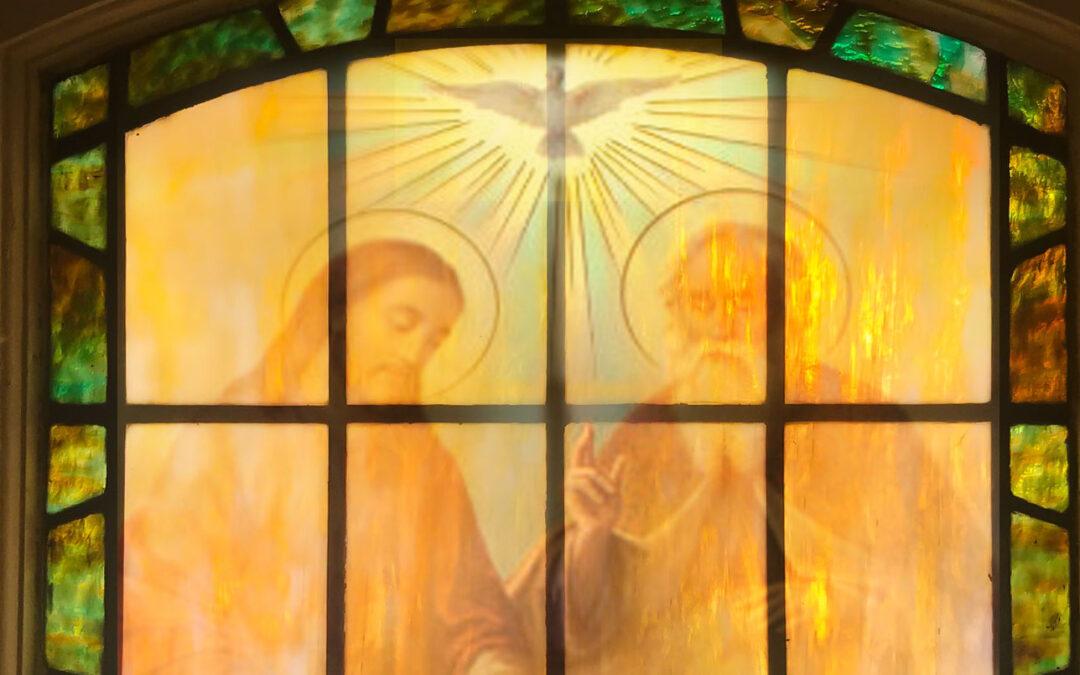Dear Friends,
Today, we celebrate Trinity Sunday. It is always a temptation to describe it as a mystery and then talk about something else. A couple of weeks ago, I bought a recently published book on the Trinity. I have not had a chance to read it. The reviews are very positive. It is a brief 734 pages long…might take a bit to read through it. In the meantime…what to say about the Trinity?
I’m going to rely on someone much smarter than me, Joseph Ratzinger. He became Pope Benedict. In his book, Introduction to Christianity, he begins the section on the Trinity in this way.
We cannot overlook the fact that we are now touching a realm in which Christian theology must be more aware of its limits than it has often been in the past; a realm in which any falsely-directed attempt to gain too precise a knowledge is bound to end in disastrous foolishness; a realm in which only the humble admission of ignorance can be true knowledge and only wondering attendance before the incomprehensible mystery can be the right confession of faith in God. Love is always “mysterium” – more than one can reckon or grasp by subsequent reckoning. Love itself – the created, eternal God – must therefore be in the highest degree a mystery – the “mysterium” itself…
The doctrine of the Trinity did not arise out of speculation about God, out of an attempt by philosophical thinking to explain to itself what the fount of all being was like; it developed out of the effort to digest historical experiences. The biblical faith was concerned at first – in the Old Testament – with God, who was encountered as the Father of Israel, the Father of peoples, the creator of the world and Israel’s Lord. In the New Testament comes a completely unexpected event in which God shows himself from a completely unknown side: in Jesus Christ one meets a man who at the same time knows and professes himself to be the Son of God…the result is a curious paradox: on the one hand this man calls God his Father and speaks to him as to someone else facing him…then Christ must be someone other than this Father to whom he speaks and to whom we speak. But on the other hand he is himself the real proximity of God coming to meet us, God’s mediation to us, and that precisely because he himself is God as man, in human form and nature…but this means that God meets me here not as Father but as Son and as my brother, whereby – incomprehensibly and quite comprehensibly – a duality appears in God: God as “I” and “you” in one. This new experience is followed by a third, the experience of the Spirit, the presence of God in us, in our innermost being. And it turns out that this “Spirit” is not identical with the Father or the Son, nor yet a third erected thing between God and us; it is the mode in which he enters into us, so that he is in man, yet in the midst of this indwelling is infinitely above him.
We can thus observe that the Christian faith first comes to deal with God in this triple shape in the course of its historical development, as a matter of sheer fact. It is clear that it had to begin straightway to consider how these different pieces of data were to be reconciled with each other. It had to ask itself how these three forms of historical encounter with God were related to the reality proper of God himself.
Ratzinger goes on to explain both briefly and well the history of the doctrine of the Trinity which is so necessary and so mysterious. He concludes by quoting St. Augustine who is reflecting on what Jesus taught in John’s Gospel about in seeing Jesus you see the Father. The quote, “What is so much yours as yourself and what is so little yours as yourself.” Who do I know least in the world – me. Who do I know best in the world – me. How do I discover me? By going out of me into relationship with others. So it is in the very nature of God. In relationship we come to know the God who is in God’s very self – relationship.
Got it? Yeah…Mystery.
Peace,
Fr. Damian



